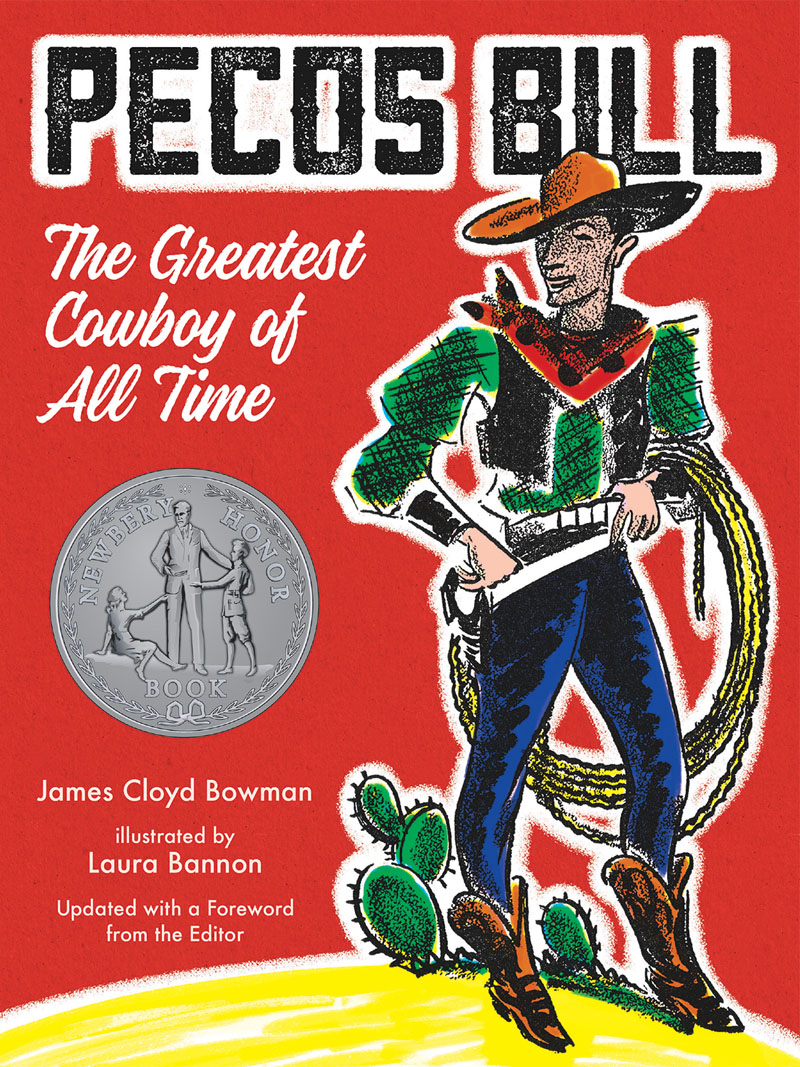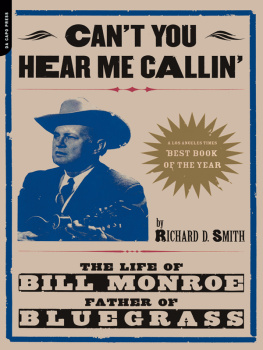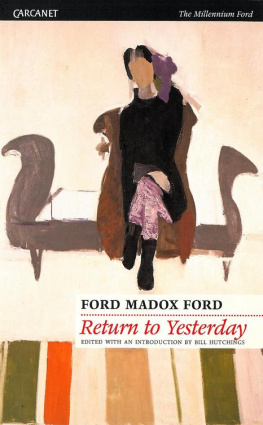
To the American cowboy
Copyright 1937, 2017 by Albert Whitman & Company
Hardcover edition published in 1937 by Albert Whitman & Company
Paperback edition published in 2017 by Albert Whitman & Company
ISBN 978-0-8075-6376-2
All rights reserved. No part of this book may be reproduced or transmitted in any form or by any means, electronic or mechanical, including photocopying, recording, or by any information storage and retrieval system, without permission in writing from the publisher.
Printed in the United States of America
10 9 8 7 6 5 4 3 2 1 LB 22 21 20 19 18 17
Text by James Cloyd Bowman
Illustrations by Laura Bannon
Design by Ellen Kokontis
For more information about Albert Whitman & Company, visit our website at www.albertwhitman.com.

CONTENTS
PREFACE TO THE NEW EDITION
Shes going to adopt me and sivilize me, and I cant stand it. I been there before, Huck famously says at the end of Mark Twains classic novel, The Adventures of Huckleberry Finn. Hucks final words refer to the possibility of going to live with Aunt Sally and losing the wild and free lifestyle hes become accustomed to. But his words also foreshadow the growing pains the country will endure later that century, as settlers head to the West and begin to close off the wide-open spaces that once defined it.
In the center of that contested open space is the legend of Pecos Bill. On one hand, the tall tales surrounding this one-of-a-kind cowboy reflect the freedom that the pioneers felt within their new surroundings. But they also reveal the anxieties that came with knowing that the ways of the frontier could not last. The stories are constantly reinforcing frontier values, often posing newcomers as people who need to be converted to the ways of the West.
Now, there is little doubt that tall tales such as these were told around the roundup campfires of the Southwest. However, some readers may take issue with Bowmans statement that Pecos Bill is a volume of genuine American folklore. After all, there is little evidence that the character of Pecos Bill was known to the early cowboys of the Southwest. Instead, the yarns seem to have been popularized much later, in 1923, by Edward Tex OReilly. Bowman seems to know this history, and he even credits OReilly as a creator of Pecos Bill yarns in his preface.
So when Bowman calls his book a volume of genuine American folklore, what does he mean? He likely means that it is made of folklorethat the raw materials of the book are folk stories but that those stories have been arranged around a central character and crafted into a work of literature. Like Huckleberry Finn, Pecos Bill combines oral and literary traditions to capture the mood of the time while also creating a meaningful story.
Its also a timeless story. A 1937 press release in Publishers Weekly claimed Pecos Bill was ageless in its appeal. This bold statement was affirmed in 1938, when the Newbery committee awarded Pecos Bill with a Newbery Honor. And again in 1957, when the book was selected into the inaugural class of the Lewis Carroll Shelf Award, joining such books as Mr. Poppers Penguins, The Wind in the Willows, The Little House in the Big Woods, and The Tale of Peter Rabbit on the list of titles deemed fit to share a shelf with Carrolls classic, Alices Adventures in Wonderland.
One reason for the novels lasting success is that it tells a story as old as ancient mythology and as contemporary as the latest superhero film. Its the story of a powerful demigod stuck between worlds. On one hand, Pecos has his wild upbringingthe source of his supernatural powers and morally upright disposition. On the other, he has the world of humans, which he cant deny he belongs to, but that he views as more inhuman than anything else. Of course, the people around him have their own expectations about where he should fit in. But Pecos forges his own way, seemingly oblivious of others expectations for him, and while no one else can predict Pecoss actions, they cant help but marvel at the results.
Pecos Bill isnt only an homage to the can-do spirit of the pioneers and cowboys, though thats certainly part of it. What makes the story a classic is the way Bowmans hero shows readers how to stay true to themselves during lifes times of changeand have a rip-roaring good time doing it. Some of the frontiers we face have changed over the past eighty years, just as they had in the eighty years between the migration West and the time that Bowman wrote about Pecos Bill. But to see Pecos handle these challenges with such pure excitement and joy continues to be an inspiration for all.
Jonathan Westmark
Albert Whitman & Company
PREFACE TO THE FIRST EDITION
This is a volume of genuine American folklore. For years the author has made folklore his hobby. He has collected these stories from many and varied sources. He has had access to the largest collections of original documents left by the early adventurers into the open range country. He has gleaned facts from the fabulous storytellers, whose hearts have swelled with the expansive joys of the unexplored West. He has listened to the yarns of present-day cowboys, whose imagination has been stirred by broad frontier humor.
The author wishes to express his thanks to the following persons who have interested themselves in his research: the officers of the Harvard University Library, who gave him permission to work in the stacks among their original documents; Philip Ashton Rollins, author of The Cowboy: His Equipment, and His Part in the Development of the West; Dr. J. Frank Dobie, secretary of the Texas Folklore Society; Tex OReilly, creator of Pecos Bill yarns; Harry Benge Crozier, editor of The Cattleman; J. Marvin Hunter, editor of the Frontier Times; E. W. Winkler, librarian of the University of Texas; and Charles E. Brown of Madison, Wisconsin, authority on western folklore.
These adventures of Pecos Bill constitute a part of the Saga of the Cowboy. They are collected from the annals of the campfire and the roundup. They preserve the glory of the days when men were men, and when imagination and wonder rode hand in hand to conquest and to undying fame.
These tales are vital examples of the broad humor of America that has been long in the making. The bigness of the virgin frontier expanded the imagination of the first settlers, and the hardness of the life developed their self-reliance.
Before 1800, these forefathers were singing Yankee Doodle and jigging and laughing and laying bets to see who could add the most nonsensical stanza to the humorous ballad.
As civilization swept over the Appalachians, and decades later, as it again swept across the Mississippi, the expansive individualism of the frontiersmen grew by leaps and bounds. Truth soon became entirely too small for the new, strange environment, and men began to exaggerate with the zest and amusement of small boys in seeing how nimble they could keep their wits and how flexible their imaginations.
The frontiersmen thus freed themselves from the drab, cruel world of hardship and tragedy which encompassed them everywhere. One tall tale naturally led to a taller tale, until every strange situation and every untoward experience of the backwoods was given a fresh glamor, as wonderful as the beauty and the strangeness of the ancient world of Greek mythology or the Age of Chivalry. It was in this manner that the frontiersmen saved their souls and prevented their bodies and minds from succumbing to the entire want of luxury and the stint of comfort.
Next page






